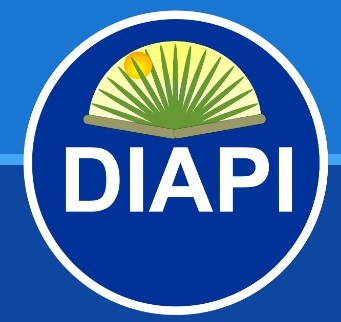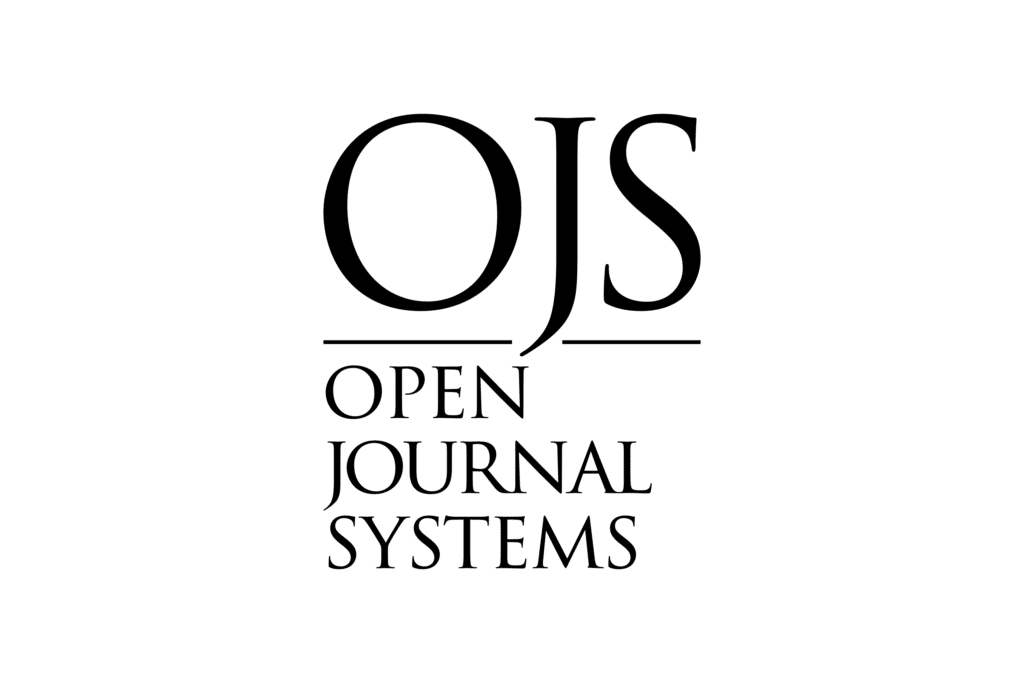BULLYING, SOCIAL ILLNESS THAT MUST NOT BE UNKNOWN: MULTIMEDIA FOR YOUR PREVENTION, WITH INTENTION IN THE HOMOFOBIC BULLYING
DOI:
https://doi.org/10.52579/diapi.vol2.i.a13594Keywords:
Bullying, Homophobic bullying, Prevention, MultimediaAbstract
The word bullying describes a way of treating people. Its fundamental meaning is: to harass, annoy, harass, hinder or physically attack someone. Foreign research suggests that it occurs in a short time (between 30 and 40 seconds) and only approximately one in 25 teachers is able to identify it; It is also expressed in different ways. No country is exempt from situations of this type, but in Cuba there is no scientific evidence to assess the magnitude of the problem. Until today, it constitutes a subject little addressed in our society, mainly because it is seen by many as a normal stage through which schoolchildren, adolescents and young people must go through during their development. Therefore, designing a multimedia that contributes as reference material for the preparation of teachers in the prevention of bullying, paying special attention to homophobic bullying, was the objective of the research that led to the present study. On the other hand, the feeling of impunity provided by new technologies has serious consequences for those affected. Avoiding abuses of bullying is everyone's business. Teachers, as professionals scientifically prepared to educate, must communicate, dominate educational methods to train the new generations. Through the design and use of multimedia that is taxed as reference material for the preparation of teachers in the Prevention of bullying, paying special attention to homophobic bullying, the teacher is able to know, become aware of, identify and avoid incidences in our centers.
Downloads
References
Arango, Aguilar y Corona (2015) “El bullying homofóbico y transfóbico en los centros educativos: taller de sensibilización para su prevención; guía de facilitación” UNESCO, Santiago de Chile.
Bernal, J.D. (1954): La Ciencia en su Historia, Tomos I y II, Dirección General de Publicaciones, UNAM, México.
Castro Díaz-Balart, F; Codorniú, D (1988): "Cuba: en el camino de una ciencia acorde con nuestra realidad", Cuba Socialista no. 34, Julio - agosto, La Habana.
CITMA (1995). La ciencia y la innovación tecnológica. Bases para su proyección estratégica. La Habana, mayo, 58 p.
CITMA (1997): La ciencia y la innovación tecnológica en Cuba (Bases para su proyección estratégica), Proyecto, La Habana.
CITMA (1998): Ley de la ciencia y la tecnología de la República de Cuba (anteproyecto), mayo, La Habana.
CITMA (1998). Dirección de Política Científica y Tecnológica: El Sistema de Ciencia e Innovación Tecnológica. Documento Básico. La Habana, diciembre, p.3-61
CITMA (2002). Propuesta de temas priorizados de investigación científica y desarrollo tecnológico en los próximos años, CITMA, La Habana
Cobo y Tello, (2008) “Violencia entre pares (bullying) en México: panorama…”.
Cueto, L. J. X., (2017) “Multimedia Análisis De Los Cambios en las Relaciones Eua – Cuba. Período 17/12/14 Al 22/03/16”. Ejercicio para la opción de la Categoría Docente de Profesor Auxiliar
Hernández, G. Sh. (2015) “Acoso escolar: estrategias para una clase en armonía desde las ciencias”. Tesis de Diploma en opción al título en Educación primaria. Universidad de Valladolid. España.
Lavilla C. L. (2011) “Bullying: Estrategias de Prevención”. Rev. Pedagogía Magna No. 11. Pág. 275 a 287.
Montalvo, L. (1998) La política científica y tecnológica en Cuba: evolución y electos para su perfeccionamiento. Campinas, Sao Paulo, Brasil, 190 p.
Núñez, J (1989) Interpretación teórica de la ciencia, Editorial de Ciencias Sociales, La Habana.
Núñez, J (1989): Teoría y Metodología del Conocimiento, Editorial Félix Varela, La Habana.
Salinas H. (s/f) “Bullying homofóbico. Acoso y maltrato en las aulas universitarias por motivo de identidad sexo genérica” Universidad autónoma de la Ciudad de México.
Trabajadores (2017) “Educar para la convivencia”. Órgano de la Central de Trabajadores de Cuba. Publicación del lunes 15 de Mayo de 2017. Pág. 7. La Habana. Cuba
Downloads
Published
How to Cite
Issue
Section
License
Direitos Autorais
A submissão de originais para a Diálogos e Perspectivas Interventivas (DIAPI) implica na transferência, pelas(os) autoras(es), dos direitos de publicação. Os direitos autorais para os manuscritos publicados nesta revista são das(os) autoras(es), com direitos da DIAPI sobre a primeira publicação. As(os) autoras(es) somente poderão utilizar os mesmos resultados em outras publicações indicando explicitamente a DIAPI como o meio da publicação original.
Licença Creative Commons
Exceto onde especificado diferentemente, aplicam-se à matéria publicada nesta revista científica os termos da licença Creative Commons Attribution-ShareAlike 4.0 International License, que permite o uso irrestrito, a distribuição e a reprodução em qualquer meio desde que a publicação original seja corretamente citada.













 Esta obra está licenciada com uma Licença
Esta obra está licenciada com uma Licença 